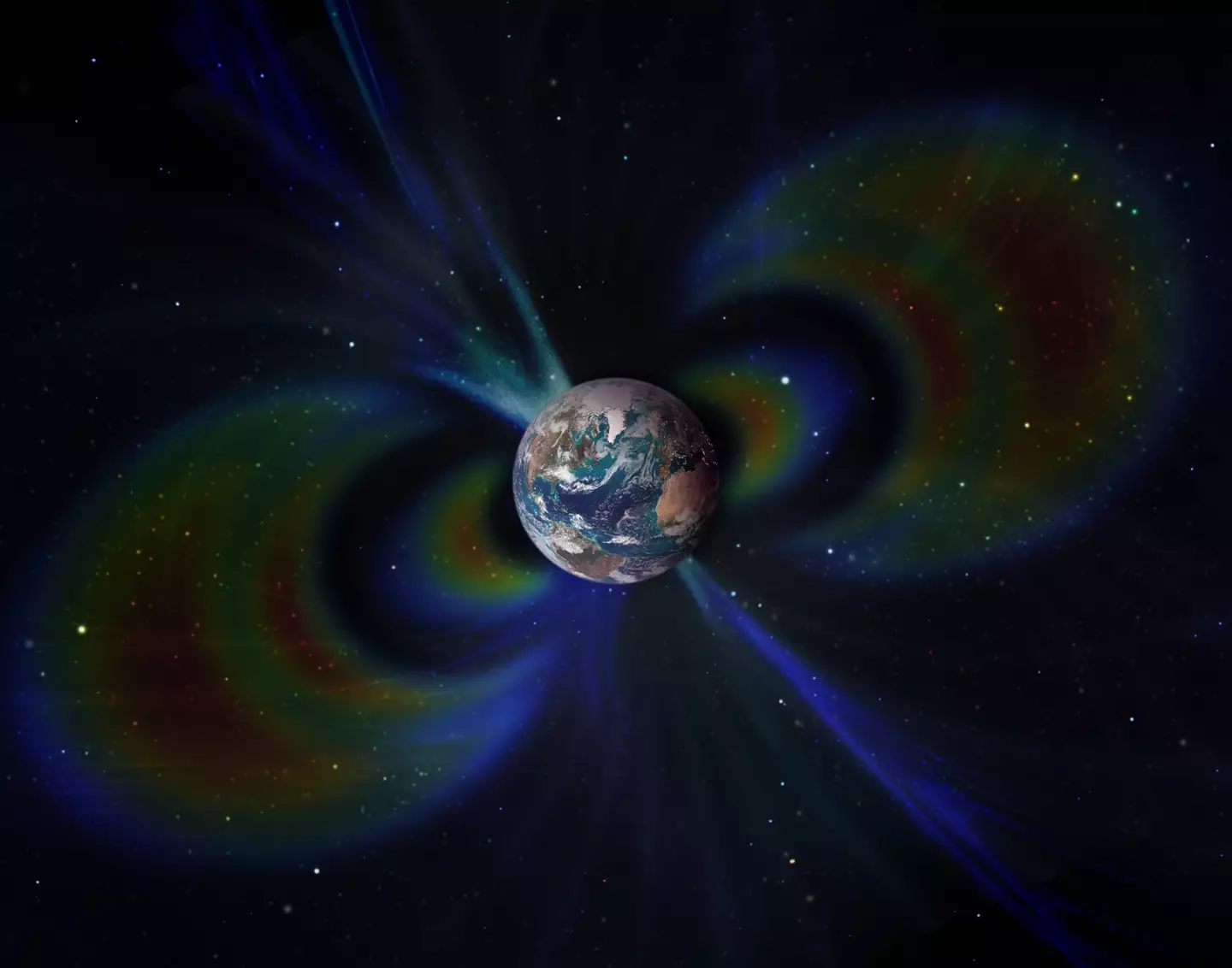An illustration representing a black hole shooting through space.
On rare occasions, black holes may get propelled into space after their formation. According to new computer simulations, some baby black holes can hit the ground running at colossal speeds just after they come into existence, moving as fast as 1,000 kilometers per second. This discovery sheds light on a new process for how certain black holes form and offers valuable insights into the complex dynamics of supernova explosions.
Typically, black holes form from the core of a supermassive star after it explodes in a brilliant burst of light, called a supernova. The core collects leftover gas from the star’s guts until it grows dense enough to form a black hole. The speed, shape, and size of the initial explosion vary widely depending on the mass and density of the parent star before it explodes. These factors play a crucial role in determining what happens to the star’s core and how it may form a black hole.
When a parent star is relatively low mass and very compact, it will likely explode symmetrically, forming a near-perfect sphere. On the other hand, if the star is very massive and less compact, the supernova is more asymmetrical, and the explosion typically lasts longer. In such cases, the explosion may propel the stellar remnant, and if it is asymmetrical, it can result in a powerful kick that sends the black hole shooting into space at colossal speeds of up to 1,000 kilometers per second, or about 2.2 million mph.
These findings suggest that the object — a black hole in this case — is sent flying off into space, sometimes at colossal speeds, akin to the recoil from a gun after firing a bullet. Hence, for a brief period after their formation, these black holes may be moving throughout space, sometimes as fast as 1,000 kilometers per second, according to the paper.
This movement is likely temporary and somewhat rare. They are not constantly zooming around and causing significant damage as they stay inside the galaxy. The study utilized supercomputers to run simulations involving tens of millions of zones, with each zone containing detailed information about the theoretical environment, such as windspeed, temperature, barometric pressure, and other features, akin to mapping weather. The unprecedented scale and complexity of these simulations offer valuable insights into the formation and behavior of black holes.
While the theoretical work has implications for various fields of astrophysical research, it is highly improbable that these blazing-fast black holes would travel into our solar system. Considering the vastness of space, it’s astronomically unlikely that anything like that will happen. The fact that our planet and the rest of the solar system have survived for the last 4.5 billion years should be reassurance enough that a black hole won’t come screaming through our neighborhood anytime soon, if ever.













